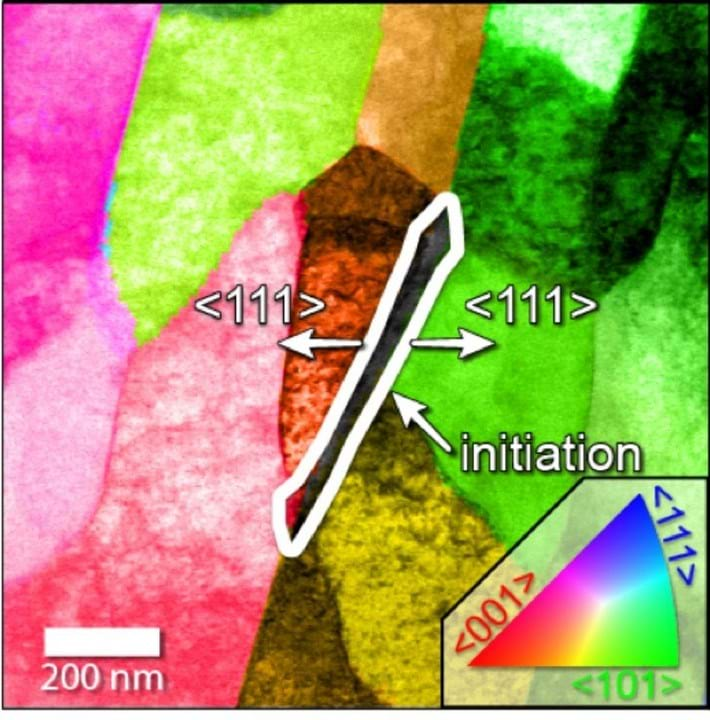Understanding localised corrosion of steel pipes

LOCALISED corrosion can cause failures in steel pipes used in the oil and gas industry, but new research which advances understanding of nanoscale corrosion could lead to more robust steel pipes.
The study of steel corrosion is challenging. While uniform corrosion in low-carbon steel is well understood on the bulk scale, localised corrosion is difficult to predict as it can penetrate the steel in short periods of time. Localised corrosion is the cause of most corrosion-related material failures and computer models are used to predict when a replacement steel part might be needed. However, current models still require additional information from field observations or bulk-scale experiments.
Researchers at Sandia National Laboratories, the Department of Energy’s Center for Integrated Nanotechnologies, and the Aramco Research Center in Boston, have published a paper identifying a type of nanoscale corrosion which can unpredictably decrease the working life of steel pipes.
The team used a transmission electron microscope combined with other techniques to characterise the structure and composition of steel at the nanoscale in real time. They created maps of steel grain types and then exposed the metal to a flowing corrosive solution.
"By comparing these maps before and after the liquid corrosion experiments, a direct identification of the first phase that fell out of the samples could be identified, essentially identifying the weakest link in the internal microstructure," said Khalid Hattar, co-author on the paper and researcher at Sandia National Laboratories.

The maps showed a structural defect from a triple junction formed by a single grain of cementite and two grains of ferrite. Corrosion started at this junction and eventually led to a cavity. Cavities that form around a cementite inclusion would allow the corrosive solution to contact the inner structure of the steel which could lead to a crack in the steel. Cementite inclusions are common in steel microstructure on a bulk scale.
"This was the world's first real-time observation of nanoscale corrosion in a real-world material – carbon steel – which is the most prevalent type of steel used in infrastructure worldwide,” said Steven Hayden, Aramco Senior Research Scientist. “Through it, we identified the types of interfaces and mechanisms that play a role in the initiation and progression of localised steel corrosion. The work is already being translated into models used to prevent corrosion-related catastrophes like infrastructure collapse and pipeline breaks."
According to Principal Investigator Katherine Jungjohann, the team is developing a solution that will change the microstructure of steel during forging, although this still needs further testing.
“We are optimistic that further work at Sandia and the Center for Integrated Nanotechnologies will allow us to rethink manufacturing processes to minimise the expression of the susceptible nanostructures that render the steel vulnerable to accelerated decay mechanisms," said Hayden.
Materials Degradation http://doi.org/c8cr
Recent Editions
Catch up on the latest news, views and jobs from The Chemical Engineer. Below are the four latest issues. View a wider selection of the archive from within the Magazine section of this site.




